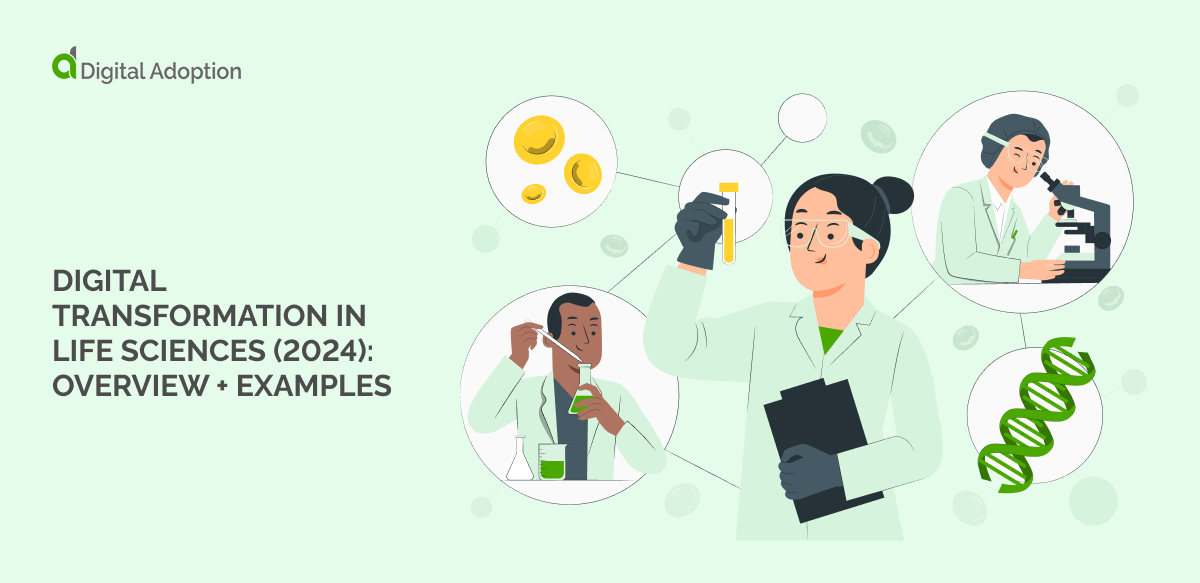Optical Character Recognition is the process of either mechanically or electronically converting scanned images of typed, printed, or even handwritten text into machine-encoded text—characters that can be read and recognized by machines.
In this brief guide, we cover:
- What is OCR?
- How does OCR work?
- What is the purpose of OCR?
- Popular use-cases for OCR
What is OCR?
OCR is the acronym for Optical Character Recognition. It’s an advanced technology used to recognize text inside images, like scanned documents or pictures. It is used to convert virtually any image containing handwritten text into a language that machines can read.
How Does OCR Work?
There are three basic steps of OCR: image processing, character recognition, and post-processing of the output.
Step 1: Preprocessing
An OCR reader preprocesses an image to boost the chances of successful recognition. Image processing is used for the improvement of the actual image data. This helps to reduce unwanted distortions, sharpening specific image features.
Step 2: Character Recognition
When the data input comes in a large quantity, only the selected features are recognized. Only the selected features are considered essential and the rest, suspected to be redundant, are ignored. This process of filtering the set of data instead of trying to evaluate the entire data set helps to boost the performance of the OCR tool.
Step 3: Post-Processing
Post-processing is another technique for correcting errors to ensure the high accuracy of OCR. The accuracy is further improved if a lexicon restricts the output. This way, the algorithm will fall back to a list of words that are allowed to appear in the scanned document. OCR is used to identify exact words and for reading numbers and letters, like serial numbers used in several industries.
Use Cases for OCR Technology
Here are some examples of possible use cases including an OCR reader:
Marketing Campaigns with OCR
Several popular companies are leveraging OCR readers to run innovative and engaging campaigns to better connect with their customers and increase revenue. For example, when hundreds or thousands of voucher codes are being redeemed by customers, the system can quickly recognize them and allocate the rewards accordingly.
OCR for Identification Processes
Example: Machine Readable Zone (MRZ) in a passport.
Passport and IDs have a machine-readable zone that gets scanned for gathering details of the user. This speeds up the process of identifying and registering people in systems. This is highly useful for security services at borders and other checkpoints.
OCR in Payment Processes
IBAN, a full-form International Bank Account Number, allows you to identify accounts across borders. An IBAN can come in various lengths, consisting of numbers and letters. In order to ease the process, banking apps integrate OCR software and allow their customers to scan their IBAN instead of typing it manually.
In Conclusion
OCR is already quite infused in today’s world, and its use cases are expanding from day to day. Adopting OCR technology for your business has the potential to reduce costs, accelerate tedious processes, automate document routing and content processing, and so much more. So, if you want to scale your business by using technology-driven innovation, it’s time for you to consider leveraging OCR in your growth strategy.













